

Building stronger cassava seed businesses for African seed entrepreneurs and farmers.
The Cassava Seed Association Model (CSAM) is designed to foster cooperation among individual cassava seed entrepreneurs by forming associations that provide collective benefits. Through these associations, seed producers gain access to joint certification, financial resources, capacity-building programs, and collective marketing efforts. This structure reduces inefficiencies such as high production costs and poor coordination, while also improving seed quality. By strengthening the bargaining power of individual seed entrepreneurs, CSAM facilitates improved market access and encourages policy advocacy.
This technology is pre-validated.
Adults 18 and over: Positive high
Enhanced income opportunities, access to finance, and better-quality seeds for farming.
Others: Positive medium
By increasing the availability of quality cassava seeds, improving the livelihoods of smallholder farmers, and offering access to finance for those with limited resources.
Women: Positive high
Promotes female leadership and decision-making roles, improving gender equity and access within seed business networks.
Climate adaptability: Highly adaptable
By improving the quality of cassava seeds, its contributes to the development of more climate-resilient crops, better able to withstand climate-related stresses.
Farmer climate change readiness: Moderate improvement
Training and access to quality seeds enhance farmers' ability to adapt to climate change, ensuring more reliable harvests.
Biodiversity: Positive impact on biodiversity
By preserving local cassava varieties, contributing to the protection of biodiversity.
Carbon footprint: A bit less carbon released
By promoting sustainable farming practices, which can help reduce the carbon footprint associated with cassava production.
Environmental health: Moderately improves environmental health
By reducing the need for excessive chemical inputs, it contributes to healthier ecosystems.
Water use: Same amount of water used
Cassava’s water requirement remains unchanged, but improved crop establishment reduces replanting, promoting efficient water use.
The Cassava Seed Association Model (CSAM) is a tested institutional innovation that strengthens the cassava seed sector by organizing informal seed producers into legally recognized associations. These associations improve access to certification, finance, training, and policy dialogue enabling a shift from fragmented, subsistence-level seed production to a sustainable, inclusive, and market-oriented system.
To achieve scalable, equitable outcomes through your project, consider incorporating the following actions:
Open source / open access
Scaling Readiness describes how complete a technology’s development is and its ability to be scaled. It produces a score that measures a technology’s readiness along two axes: the level of maturity of the idea itself, and the level to which the technology has been used so far.
Each axis goes from 0 to 9 where 9 is the “ready-to-scale” status. For each technology profile in the e-catalogs we have documented the scaling readiness status from evidence given by the technology providers. The e-catalogs only showcase technologies for which the scaling readiness score is at least 8 for maturity of the idea and 7 for the level of use.
The graph below represents visually the scaling readiness status for this technology, you can see the label of each level by hovering your mouse cursor on the number.
Read more about scaling readiness ›
Uncontrolled environment: validated
By the whole project team + project partners
| Maturity of the idea | Level of use | |||||||||
| 9 | ||||||||||
| 8 | ||||||||||
| 7 | ||||||||||
| 6 | ||||||||||
| 5 | ||||||||||
| 4 | ||||||||||
| 3 | ||||||||||
| 2 | ||||||||||
| 1 | ||||||||||
| 1 | 2 | 3 | 4 | 5 | 6 | 7 | 8 | 9 | ||
| Country | Testing ongoing | Tested | Adopted |
|---|---|---|---|
| Kenya | Testing ongoing | –Not tested | –Not adopted |
| Nigeria | –No ongoing testing | Tested | Adopted |
| Rwanda | Testing ongoing | –Not tested | –Not adopted |
| Tanzania | –No ongoing testing | Tested | Adopted |
This technology can be used in the colored agro-ecological zones. Any zones shown in white are not suitable for this technology.





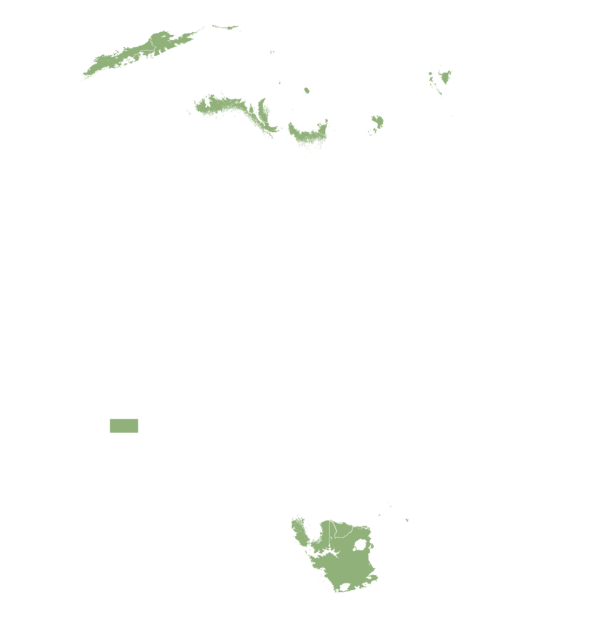








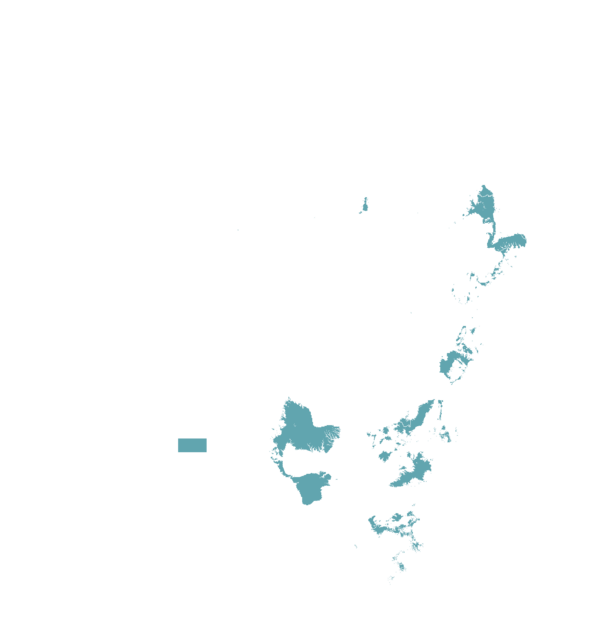


| AEZ | Subtropic - warm | Subtropic - cool | Tropic - warm | Tropic - cool |
|---|---|---|---|---|
| Arid | ||||
| Semiarid | ||||
| Subhumid | ||||
| Humid |
Source: HarvestChoice/IFPRI 2009
The United Nations Sustainable Development Goals that are applicable to this technology.
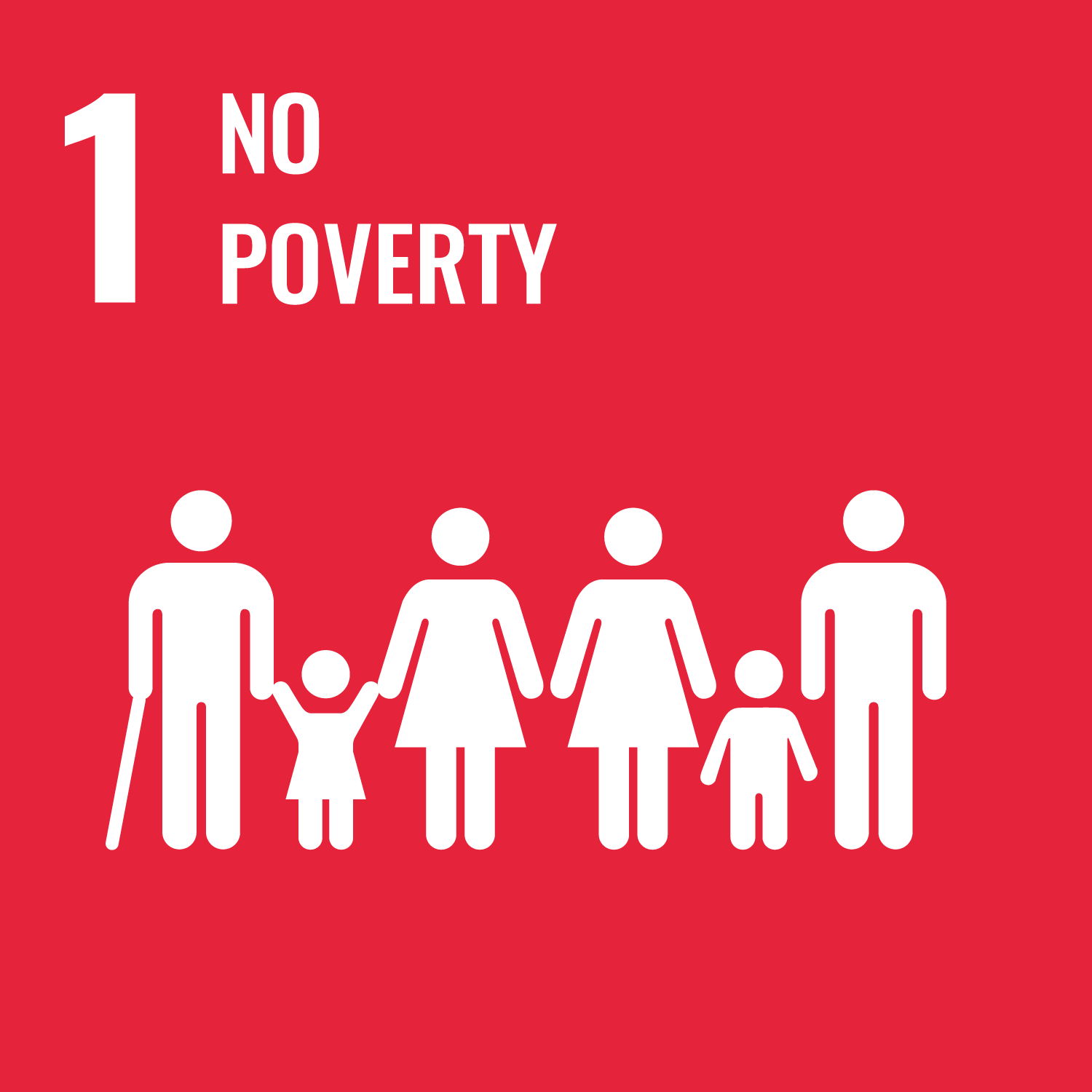
By organizing seed entrepreneurs into associations, its helps reduce production costs and improve incomes.

Its improves access to quality cassava planting material, increasing yields and food security.
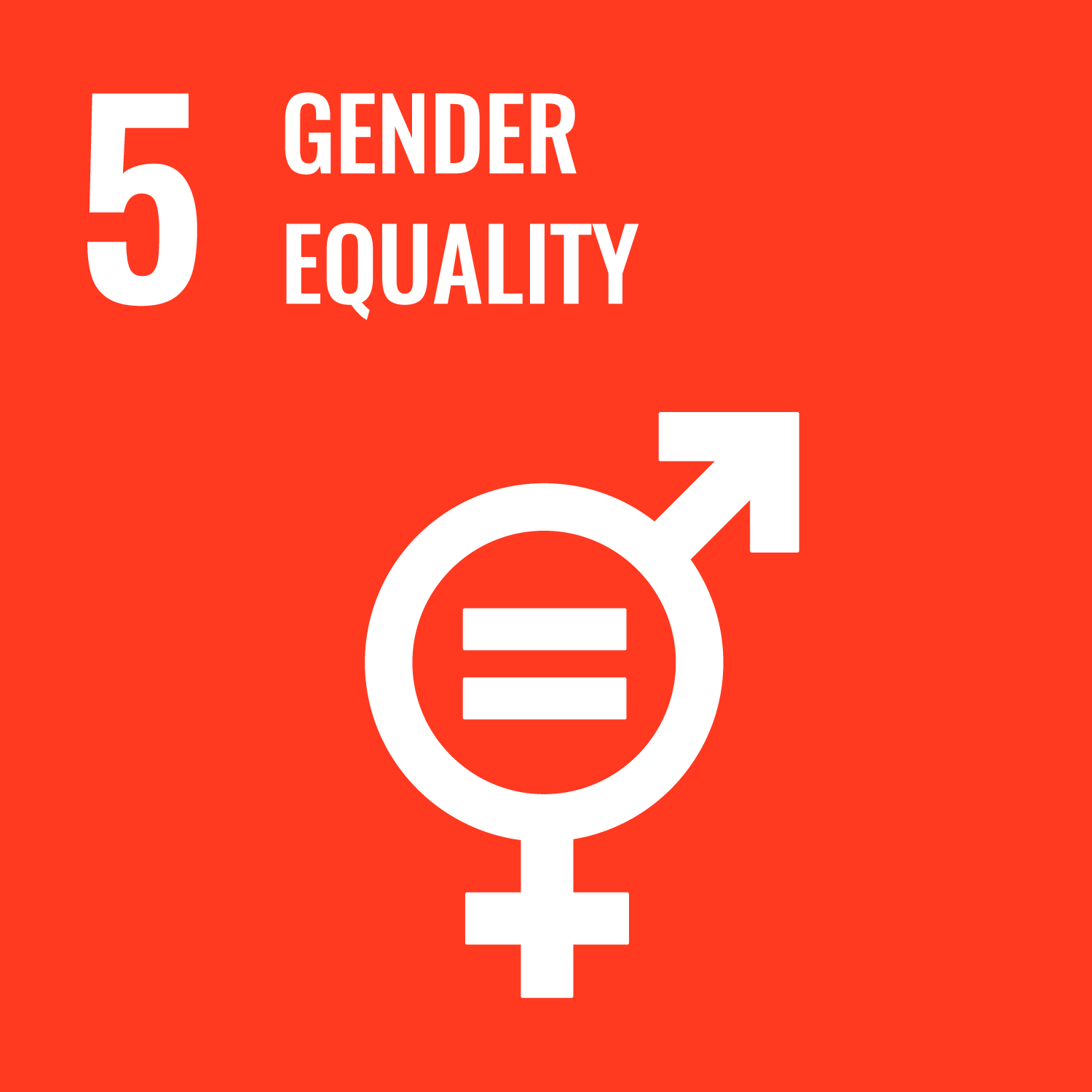
Women are actively included in CSAM associations and benefit from training, financial access, and market linkages.

By professionalizing cassava seed production, encouraging formalization, investment, and decent income opportunities.
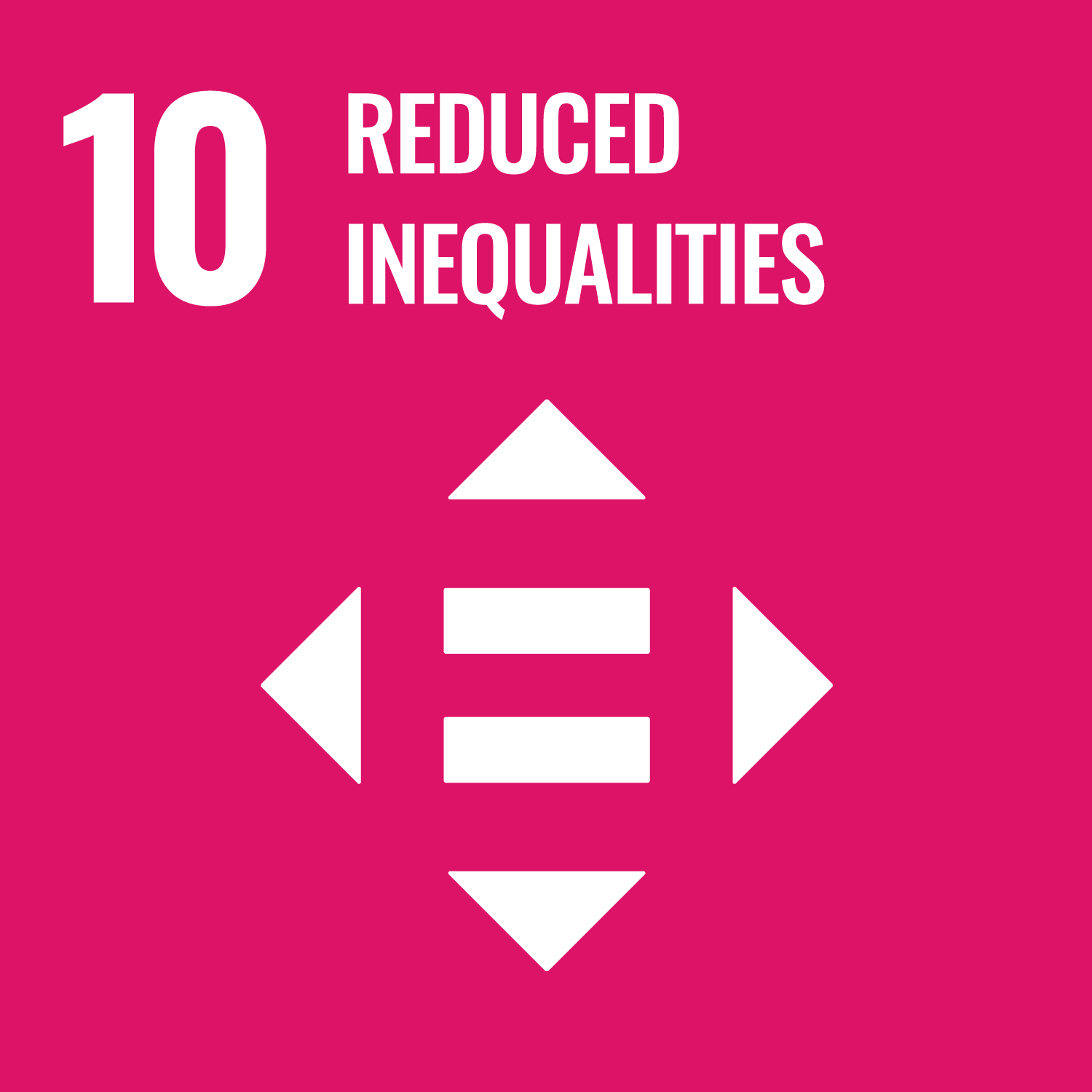
By providing voice for smaller producers and marginalized groups by improving access to certification, markets, and financial services.

By relying on public-private partnerships and multi-stakeholder collaboration to sustainably scale cassava seed systems.
Last updated on 30 June 2025